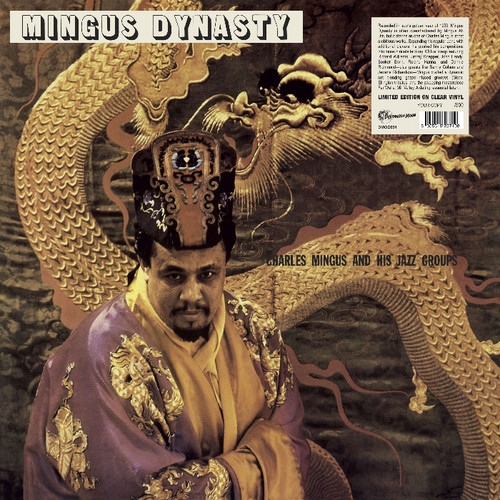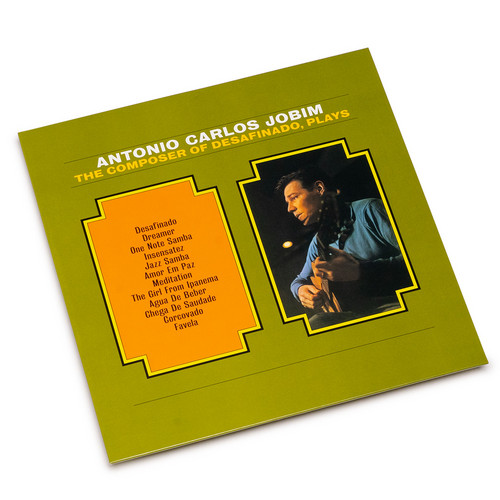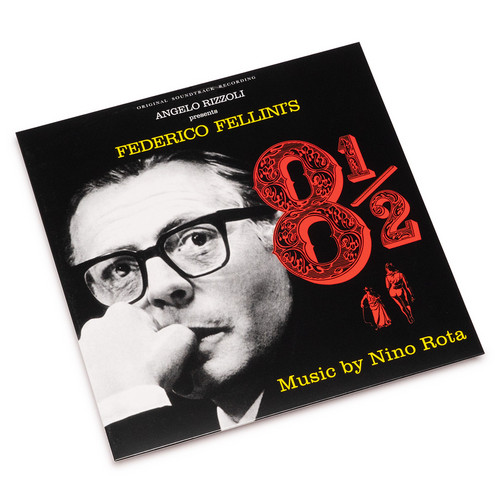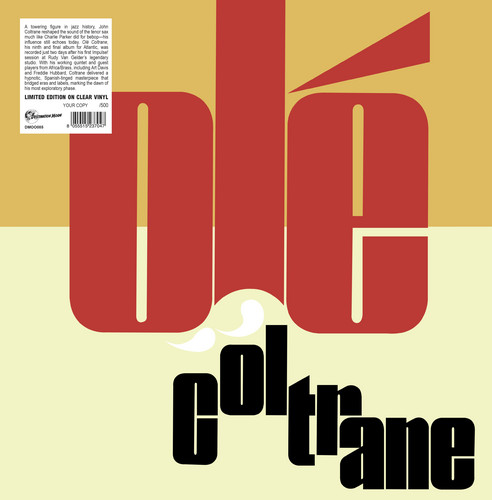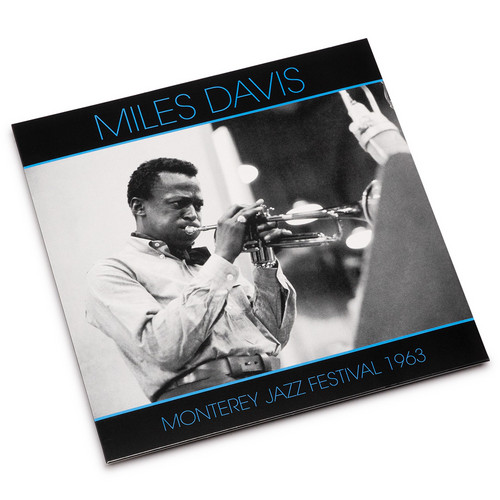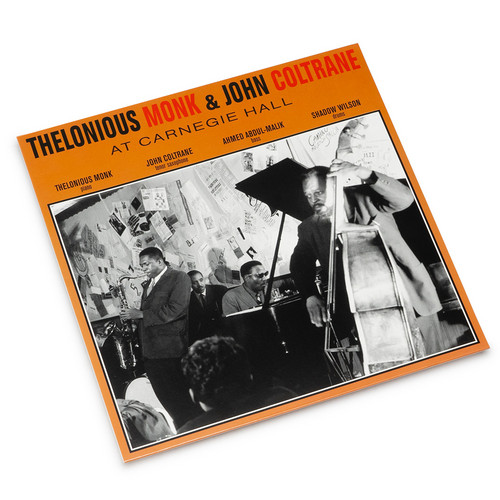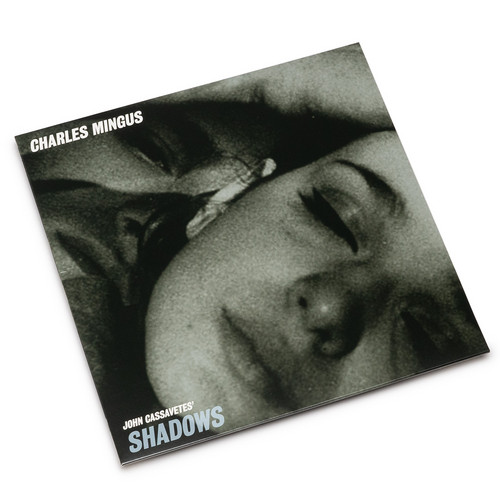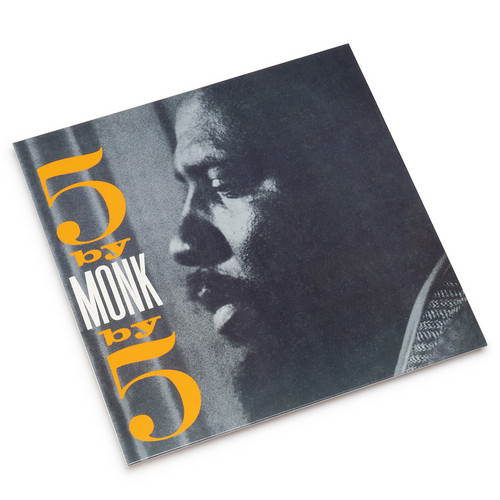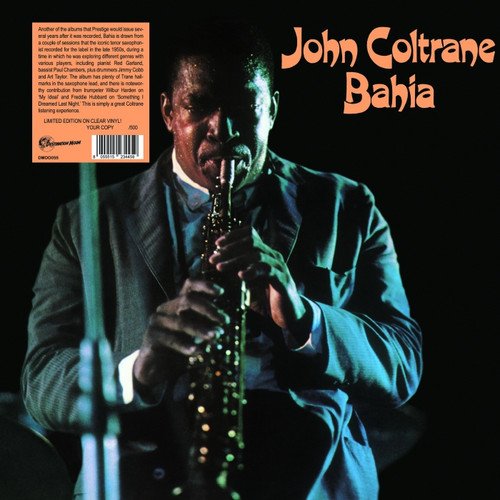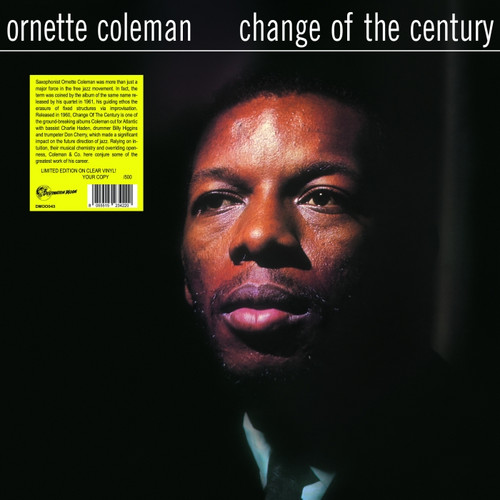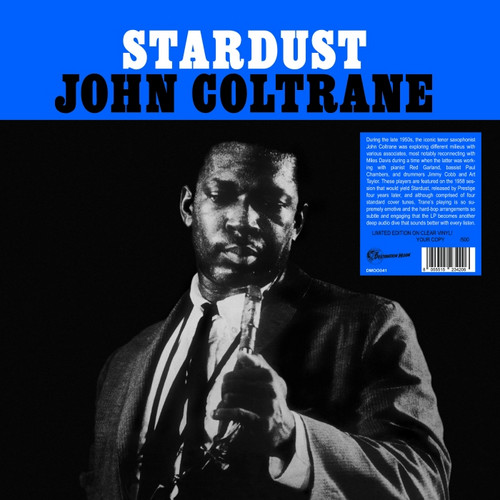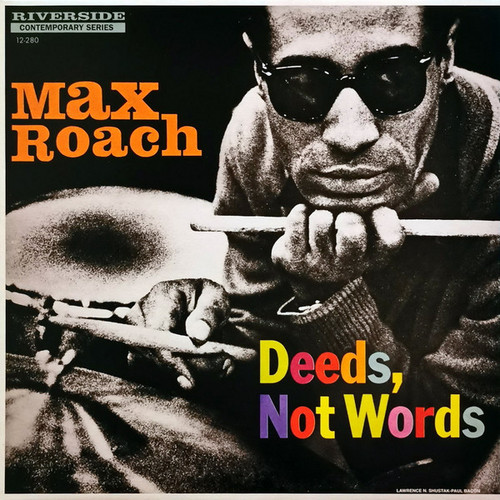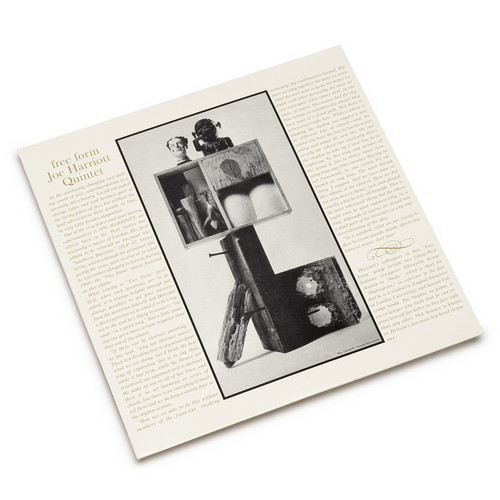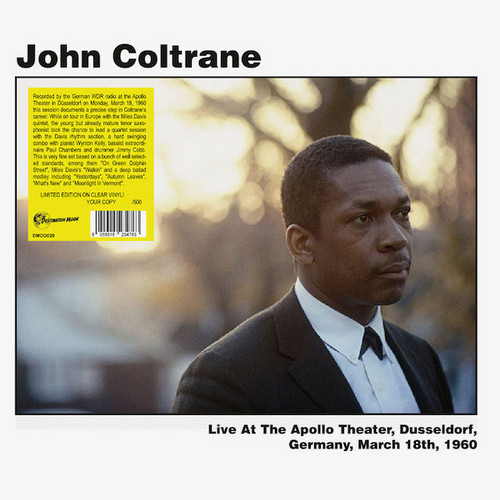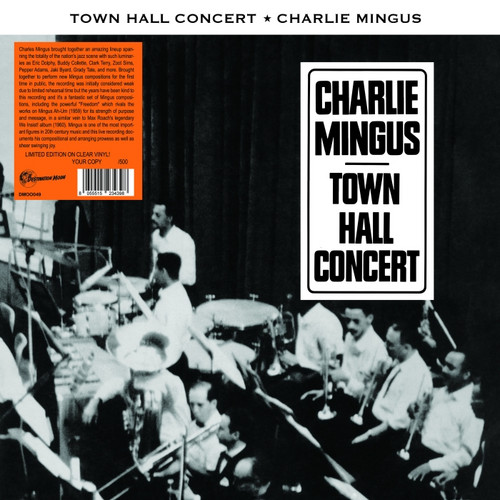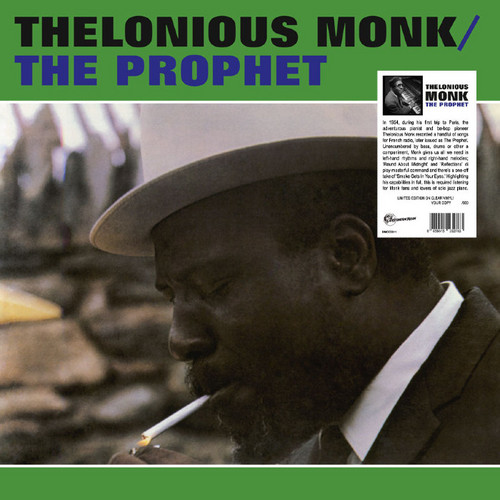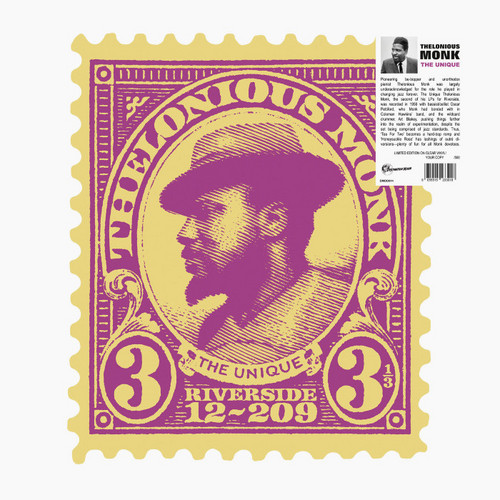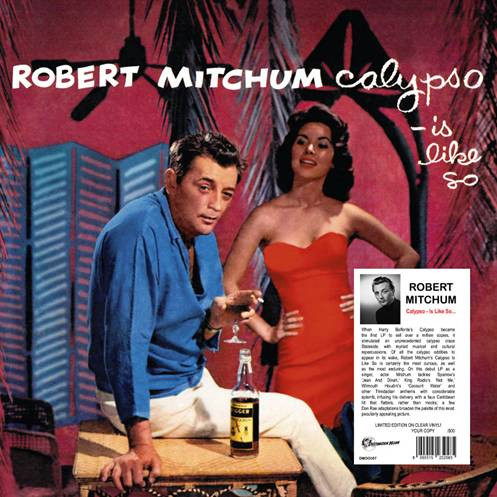★Destination Moon
Mingus Dinasty
Recorded in jazz’s golden year of 1959, Mingus Dynasty is often overshadowed by Mingus Ah Um, but it stands as one of Charles Mingus’ most ambitious works. Expanding his regular band with additional players, he pushed his compositions into more intricate territory. With a lineup featuring Richard Williams, Jimmy Knepper, John Handy, Booker Ervin, Roland Hanna, and Dannie Richmond—plus guests like Benny Golson and Jerome Richardson—Mingus crafted a dynamic set blending gospel-infused grooves (Slo…
The Composer Of Desafinado, Plays
Antonio Carlos Jobim’s first American album is a masterpiece of understated elegance, presenting a dozen songs that would become bossa nova standards. Despite claiming to be out of practice, Jobim’s sparse, single-hand piano style lets his flowing melodies shine. Claus Ogerman’s signature arrangements—airy flutes, brooding strings, and lush harmonies—enhance timeless gems like Desafinado, Corcovado, The Girl from Ipanema, and One Note Samba. A defining moment in bossa nova’s global ascent.
Federico Fellini's 8½
The complete original soundtrack to Federico Fellini’s iconic 8½ features music by the legendary Nino Rota. The film, starring Marcello Mastroianni, Anouk Aimée, and Claudia Cardinale, won two Academy Awards, including Best Foreign Language Film, and received three additional nominations. Recognized by the New York Film Critics Circle as the best foreign language film, 8½ remains a cinematic masterpiece, complemented by Rota’s unforgettable score.
Olè Coltrane
"The complicated rhythm patterns and diverse sonic textures on Olé Coltrane are evidence that John Coltrane was once again charting his own course. His sheer ability as a maverick -- beyond his appreciable musical skills -- guides works such as this to new levels, ultimately advancing the entire art form." - Lindsay Planer
Bustin’ Surfboards
Waxed in 1964 for the Josie label, the Tornadoes’ Bustin’ Surfboards was one of the very first surf LPs released - not to mention one of the best. Home to the splash-smash title track (which later resurfaced in a big way, thanks to its inclusion on the soundtrack to the hit film Pulp Fiction), this reverb-and-sax-drenched classic bridged the gap between the rock ‘n’ roll guitar instrumentals of Duane Eddy and Link Wray and the pure surf styles of the Ventures and Dick Dale.
At Home With Screamin‘ Jay Hawkins
By far one of the most outrageous performers of the early years of rock, prone to emerging from coffins on stage, with a flaming skull named Henry as his constant companion, Screamin' Jay was an insanely theatrical figure long before it was even remotely acceptable. His 1958 debut, At Home, featuring his legendary "I Put A Spell On You," along with surreal hits like "Hong Kong," "Take Me Back To The Boot And Saddle," or his wild-ass reinventions of old standards like "I Love Paris" and "Deep Pur…
Live At The 1963 Monterey Jazz Festival
Recorded September 20, 1963, at the Monterey Jazz Festival, this set featured Miles Davis's new quintet, with George Coleman, Herbie Hancock, Ron Carter, and Tony Williams. This group, minus Coleman and with the addition of Wayne Shorter, would soon go on to make some of the most highly regarded jazz LPs of all time. This smoking set features a wonderful rendition of "So What", among others. Essential live jazz classic.
At Carnegie Hall
Unearthed in 2005 by staff at the Library of Congress, At Carnegie Hall is an incredible performance delivered on 29 November 1957 by jazz giants Monk and Coltrane, together with bassist Ahmed Abdul-Malik and drummer Shadow Wilson. Far superior to that captured at the Five Spot five months earlier, At Carnegie Hall shows Coltrane finding his own sax sphere as Monk explores the limits of experimental excursions on the keyboard; Monk is in his element on ‘Crepuscule With Nellie’ and Trane shows hi…
Shadows
John Cassavetes’ directorial debut Shadows was a largely improvised film set in the bohemian jazz scene of 1950s New York; often referred to as the first truly independent film of American cinema, it featured a brief disjointed soundtrack improvised by Charles Mingus and his saxophonist Shafi Hadi, with various percussionists slotting in, including Phineas Newborn Jr. Gloriously messy, reportedly unfinished and referred to with scorn by Mingus, the Shadows soundtrack sketches ultimately yielded …
5 By Monk By 5
An innovative and idiosyncratic pianist, Thelonious Monk has been hailed as one of Be-Bop’s founding figures, with unexpected melodic shifts and dramatic hesitation hallmarks of his work. Monk By Five is one of the lesser-known sessions recorded for Riverside in the late 1950s and is one worthy of a wider audience; it features the bright swing of the new ‘Jackie-ing’ and the more dissonant ‘Played Twice,’ alongside engaging revisits of ‘Straight No Chaser,’ ‘I Mean You’ and ‘Ask Me Now,’ the int…
Bahia
Another one of the albums that Prestige would issue several years after it was recorded, Bahia is drawn from a couple of sessions that the iconic tenor saxophonist recorded for the label in the late 1950s, during a time in which he was exploring different genres with various players, including pianist Red Garland, bassist Paul Chambers, plus drummers Jimmy Cobb and Art Taylor. The album has plenty of Trane hallmarks in the saxophone lead, and there is noteworthy contribution from trumpeter Wilbu…
Change Of The Century
Saxophonist Ornette Coleman was more than just a major force in the free jazz movement. In fact, the term was coined by the album of the same name released by his quartet in 1961, his guiding ethos the erasure of fixed structures via improvisation. Released in 1960, Change Of The Century is one of the ground-breaking albums Coleman cut for Atlantic with bassist Charlie Haden, drummer Billy Higgins and trumpeter Don Cherry, which made a significant impact on the future direction of jazz. Relying …
Stardust
During the late 1950s, the iconic tenor saxophonist John Coltrane was exploring different milieus with various associates, most notably reconnecting with Miles Davis during a time when the latter was working with pianist Red Garland, bassist Paul Chambers, and drummers Jimmy Cobb and Art Taylor. These players are featured on the 1958 session that would yield Stardust, released by Prestige four years later, and although comprised of four standard cover tunes, Trane’s playing is so supremely emoti…
Deeds, Not Words
A pioneer of bebop, Max Roach went on to work on many other styles of music and is generally considered alongside the most important drummers in history having worked with such musicians as Coleman Hawkins, Dizzy Gillespie, Miles Davis, Duke Ellington, Charlie Parker, Stan Getz and more! A seminal set, stretching out towards the directions Max would explore fully on the Candid, Impulse, and Fantasy labels in the 60s. Group members include Booker Little on trumpet, George Coleman on tenor, Ray Dr…
Free Form
Reissue, originally released in 1961. The West Indian-born alto saxophonist Joe Harriott was one of the most convincing boppers outside of the USA, though by the end of the 1950s he was exploring freer musical pastures, and the quintet with which he undertook the exploration was an outgrowth of the hard bop band with which he'd made a name on the British scene. Often in the past the group's music, in which trumpet and flugelhorn player Shake Keane figured alongside Harriott in the front line, ha…
Live At The Apollo Theater, Dusseldorf, Germany, March 18th, 1960
Recorded by the German WDR radio at the Apollo Theater in Düsseldorf on Monday, March 18, 1960 this session documents a precise step in John Coltrane's career. While on tour in Europe with the Miles Davis quintet, the young but already mature tenor saxophonist took the chance to lead a quartet session with the Davis rhythm section, a hard swinging combo with pianist Wynton Kelly, bassist extraordinaire Paul Chambers, and drummer Jimmy Cobb. This is very fine set based on a bunch of well selected…
Town Hall Concert, 1964
Charles Mingus brought together an amazing lineup spanning the totality of the nation's jazz scene with such luminaries as Eric Dolphy, Buddy Collette, Clark Terry, Zoot Sims, Pepper Adams, Jaki Byard, Grady Tate, and more. Brought together to perform new Mingus compositions for the first time in public, the recording was initially considered weak due to limited rehearsal time but the years have been kind to this recording and it's a fantastic set of Mingus compositions, including the powerful "…
The Prophet
In 1954, during his first trip to Paris, the adventurous pianist and be-bop pioneer Thelonious Monk recorded a handful of songs for French radio, later issued as The Prophet. Unencumbered by bass, drums or other a companiment, Monk gives us all we need in left-hand rhythms and right-hand melodies; ‘Round About Midnight’ and ‘Reflections’ di play masterful command and there’s a one-off take of ‘Smoke Gets In Your Eyes.’ Highlighting his capabilities in full, this is required listening for Monk fa…
The Unique
Pioneering be-bopper and unorthodox pianist Thelonious Monk was largely underacknowledged for the role he played in changing jazz forever. The Unique Thelonious Monk, the second of his LPs for Riverside, was recorded in 1956 with bassist/cellist Oscar Pettiford, who Monk had bonded with in Coleman Hawkins’ band, and the wildcard drummer, Art Blakey, pushing things farther into the realm of experimentation, despite the set being comprised of jazz standards. Thus, ‘Tea For Two’ becomes a hard-bop …
Calypso - Is Like So!
When Harry Belfonte’s Calypso became the first LP to sell over a million copies, it stimulated an unprecedented calypso craze Stateside, with myriad musical and cultural repercussions. Of all the calypso oddities to appear in its wake, Robert Mitchum’s Calypso Is Like So is certainly the most curious, as well as the most enduring. On this debut LP as a singer, actor Mitchum tackles Sparrow’s ‘Jean And Dinah,’ King Radio’s ‘Not Me,’ Wilmouth Houdini’s ‘Cocount Water’ and other Trinidadian anthems…
